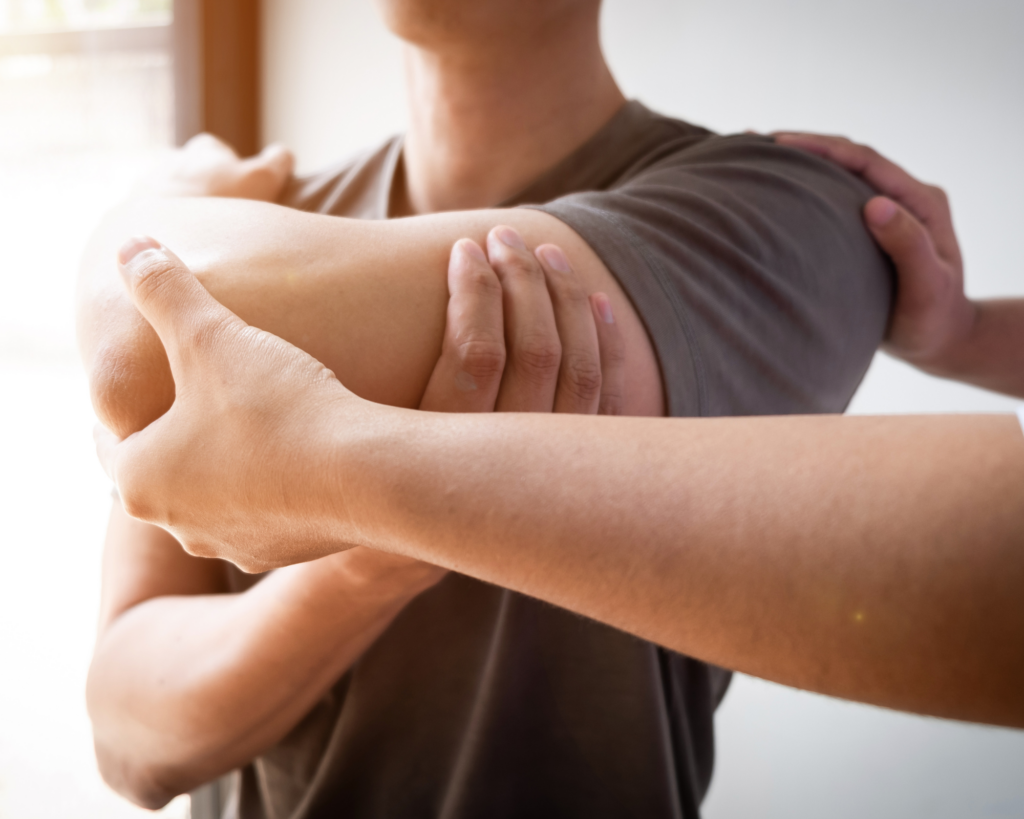The “rotator cuff” within the shoulder is made up of four distinct muscles – supraspinatus, infraspinatus, teres minor, and subscapularis. Though each of these muscles has a specific function, external rotation or the ability to raise the arm into the air is partially accomplished by the teres minor. External rotation is more specifically required for completion of daily activities such as styling one’s hair and lifting up a cup to drink.
The current teaching maintains that a reverse total shoulder arthroplasty, a procedure commonly used to address issues with the rotator cuff, is unlikely to restore the function of external rotation unless the teres minor is intact.
This study, led by Campbell Clinic shoulder sub-specialist Dr. Quin Throckmorton, looked at 78 individuals who had undergone a reverse total shoulder replacement. The subjects were divided into two groups based upon whether the teres minor muscle was “deficient” or “intact.” Although those in the deficient group had a smaller external rotation range of motion than those who had intact musculature, this group experienced a greater change in range of motion from baseline at two years after their surgery. This group also demonstrated similar external rotation with no difference in functional scores.
Ultimately, this study suggests that patients with an insufficient or absent teres minor can achieve satisfactory external rotation and function after the reverse total shoulder replacement like their peers with intact musculature. Future studies will seek to identify those muscle activation patterns of the rotator cuff that enable teres minor deficient patients to overcome their respective insufficiency when performing external rotation movements. After all, having the ability to lift that morning cup of coffee is important!
